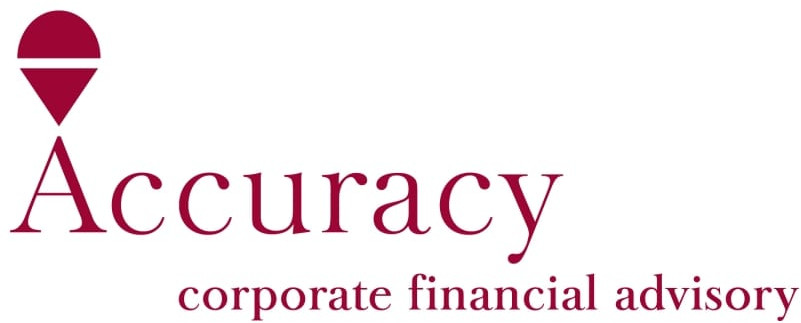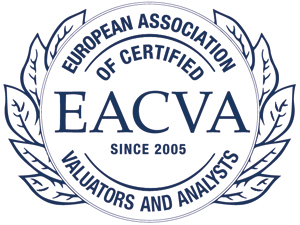NEWSLETTER of November 21, 2025
The following content has been added at finexpert:
Studies > Corporate Finance
KfW Research
INNOVATIONSHEMMNISSE IN MITTELSTÄNDISCHEN UNTERNEHMEN
The study identifies three key barriers to innovation in SMEs: bureaucratic, financing-related, and skills-related barriers. Bureaucratic hurdles are the most widespread. Financing barriers arise from the specific characteristics of these projects, such as high costs, uncertainty about the project's success, and a lack of collateral. Competence-related barriers mainly affect companies without their own research and development departments and can be mitigated through consulting services, training and further education, and the immigration of skilled workers. Overall, the diversity of barriers requires differentiated economic policy measures. >more
Studies > Corporate Finance
Roland Berger
CHIEF RESTRUCTURING OFFICER: DIE STUNDE DER MACHER
Since 2001, we have been regularly analyzing trends and developments and their significance for companies in our restructuring study. Around 140 experts took part this year. Their assessment is clear: the German economy is undergoing unprecedented change, which is putting virtually all industries under massive pressure to transform, especially the automotive and mechanical engineering sectors. Three-quarters of those surveyed therefore see a growing number of restructuring projects, which are also becoming larger, more comprehensive, and more time-consuming. Many companies are overwhelmed by this complexity. Due to a lack of in-house expertise, external chief restructuring officers (CROs) are increasingly being called in. Experts see this as a positive trend: 92 percent have found that using a CRO increases the chances of successful restructuring. >more
Studies > M & A
Dealcircle
2. DEALCIRCLE M&A PULSE 2025
The DEALCIRCLE M&A Pulse is a regular survey that reflects the current mood and key developments in the small and mid-cap M&A market. Over 1,000 M&A professionals from consulting, private equity, and strategic buyers were surveyed. In the second round of the survey, the market was analyzed for the first time in comparison to the previous survey. This allowed trends, changes, and expectations to be assessed even more specifically over time. The aim is to understand key developments for 2025 and 2026 and to make opportunities and challenges transparent for market players. The results paint a picture of a market that is stabilizing after a period of significant cooling, but is still preparing for the next phase of recovery. >more
Studies > Alternative Investments
KfW Research
GERMAN VENTURE CAPITAL BAROMETER Q3 2025
The mood among German venture capital investors (VC investors) is brightening again after slumping in the previous quarter. The indicator for the VC business climate rose by 18.5 points to -0.3 points in the third quarter of 2025, thus making up for the dip in sentiment in the previous quarter. The indicator for the current business situation climbed by 11.1 points to -11.9 points, while the indicator for business expectations jumped by 25.9 points to 11.3 points. The assessment of business expectations is thus higher than at the beginning of the year. >more
Research Papers > Alternative Investments
SIZE, RETURNS, AND VALUE: DO PRIVATE EQUITY FIRMS ALLOCATE CAPITAL ACCORDING TO MANAGER SKILL?
Reiner Braun, Nils Dorau, Tim Jenkinson, and Daniel Urban
2025
Using a novel dataset linking private equity (PE) deals to individual managers, we document evidence of manager skill in terms of generating net present value (NPV), a performance measure that captures both scale and returns. PE firms have strong economic incentives to raise larger funds and execute larger deals. While relative returns decline with scale, NPV persists and even increases. Skilled managers are entrusted with more capital and achieve better labor market outcomes, and approximately 40% of NPV is attributable to internal capital allocation decisions. These findings highlight the role of PE firms in creating value through performance-based capital deployment. >more
Research Papers > Risk Management
HOW LIKELY IS AN INFLATION DISASTER?
Jens Hilscher, Alon Raviv, and Ricardo Reis
2025
Long-dated inflation swap contracts provide widely-used estimates of expected inflation. We develop methods to estimate complementary tail probabilities for persistently very high or low inflation using inflation options prices. We show that three new adjustments to conventional methods are crucial: inflation, horizon, and risk. An application of these methods finds: (i) US deflation risk in 2011-14 has been over-stated, (ii) ECB unconventional policies lowered the deflation disaster probability, (iii) inflation expectations deanchored in 2021-22, (iv) and reanchored as policy tightened, (v) but the 2021-24 disaster left scars, (vi) US expectations are less sensitive to inflation realizations than in the EZ. >more













